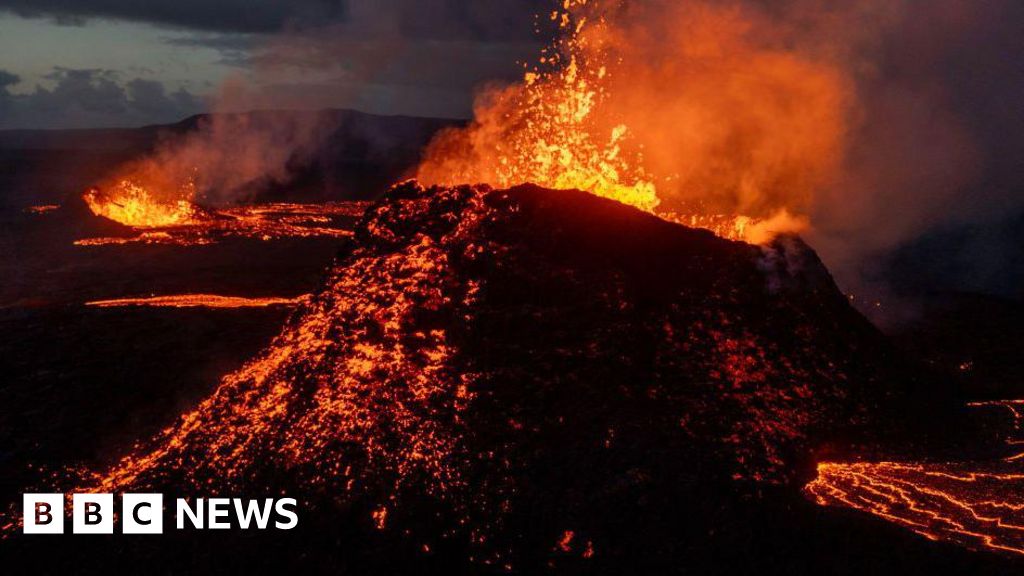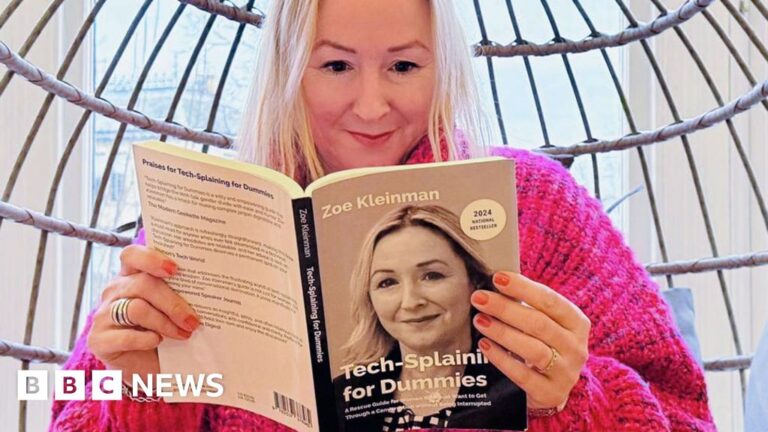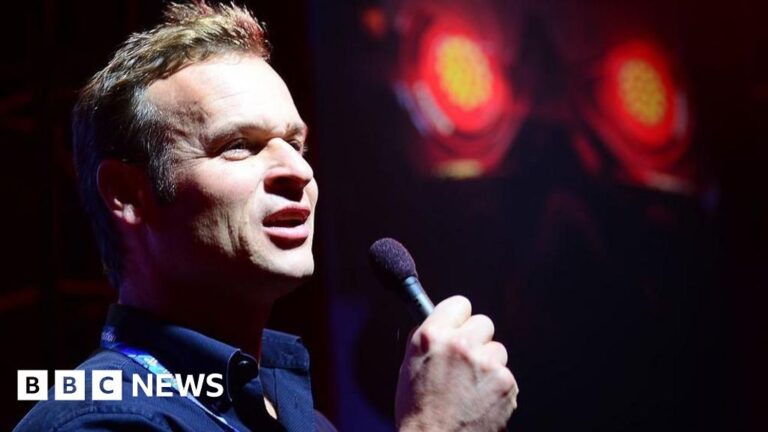Here is the plain text result:
I’m in one of the world’s volcanic hotspots, northeast Iceland, near the Krafla volcano. A short distance away I can see the rim of the volcano’s crater lake, while to the south steam vents and mud pools bubble away. Krafla has erupted around 30 times in the last 1,000 years, and most recently in the mid-1980s.
Bjorn Por Guðmundsson leads a team planning to drill down to magma under this spot. Starting in 2027 the KMT team will begin drilling the first of two boreholes to create a unique underground magma observatory, around 2.1km (1.3 miles) under the ground.
“It’s like our moonshot. It’s going to transform a lot of things,” says Yan Lavallée, a professor of magmatic petrology and volcanology at the Ludwigs-Maximillian University in Munich, and who heads KMT’s science committee.
Volcanic activity is usually monitored by tools like seismometers. But unlike lava on the surface, we don’t know very much about the magma below ground, explains Prof Lavallée.
“We’d like to instrument the magma so we can really listen to the pulse of the earth,” he adds.
Pressure and temperature sensors will be placed into the molten rock. “These are the two key parameters we need to probe, to be able to tell ahead of time what’s happening to the magma,” he says.
Around the world an estimated 800 million people live within 100km of hazardous active volcanoes. The researchers hope their work can help save lives and money.
Magma is very hard to locate underground, but in 2009 Icelandic engineers made a chance discovery.
They had planned to make a 4.5km deep borehole and extract extremely hot fluids, but the drill abruptly stopped as it intercepted surprisingly shallow magma.
“We were absolutely not expecting to hit magma at only 2.1km depth,” says Mr Pálsson.
Encountering magma is rare and has only happened here, Kenya and Hawaii.
Superheated steam measuring a recording-breaking 452°C shot up, while the chamber was an estimated 900°C.
Dramatic video shows billowing smoke and steam. Acute heat and corrosion eventually destroyed the well.
“There is an obvious game changer.”
More than 600 geothermal power plants are found worldwide, and hundreds more are planned, amid growing demand for round-the-clock low carbon energy.
Private companies and research teams in several countries are also working towards more advanced and ultra-deep geothermal, called super-hot rock, where temperatures exceed 400°C at depths of 5 to 15km.
Reaching deeper and much hotter, heat reserves is the “Holy Grail”, says Rosalind Archer, the dean of Griffith University, and former director of the Geothermal Institute in New Zealand.
It’s the higher energy density that’s so promising, she explains, as each borehole can produce five to 10 times more power than standard geothermal wells.
“You’ve got New Zealand, Japan and Mexico all looking, but KMT is the closest one to getting drill bit in the ground,” she says. “It’s not easy and it’s not necessarily cheap to get started.”
Engineers will have to develop new drilling tech to work around volcanos.
Drilling into this extreme environment will be technically challenging, and requires special materials.
Prof Lavallée is confident it’s possible. Extreme temperatures are also found in jet engines, metallurgy and the nuclear industry, he says.
“We have to explore new materials and more corrosion resistant alloys,” says Sigrun Nanna Karlsdottir, a professor of industrial and mechanical engineering at the University of Iceland.
Inside a lab, her team of researchers are testing materials to withstand extreme heat, pressure and corrosive gases. Geothermal wells are usually constructed with carbon steel, she explains, but that quickly loses strength when temperatures exceed 200°C.
“We’re focusing on high grade nickel alloys and also titanium alloys,” she says.
Drilling into volcanic magma sounds potentially risky, but Mr Guðmundsson thinks otherwise.
“We don’t believe that sticking a needle into a huge magma chamber is going to create an explosive effect,” he asserts.
“This happened in 2009, and they found out that they’d probably done this before without even knowing it. We believe it’s safe.”
Other risks also need to be considered when drilling into the earth like toxic gases and causing earthquakes, says Prof Archer. “But the geological environment in Iceland makes that very unlikely.”
The work will take years, but could bring advanced forecasting and supercharged volcano power.
“I think the whole geothermal world are watching the KMT project,” says Prof Archer. “It is potentially quite transformative.”
Source link




